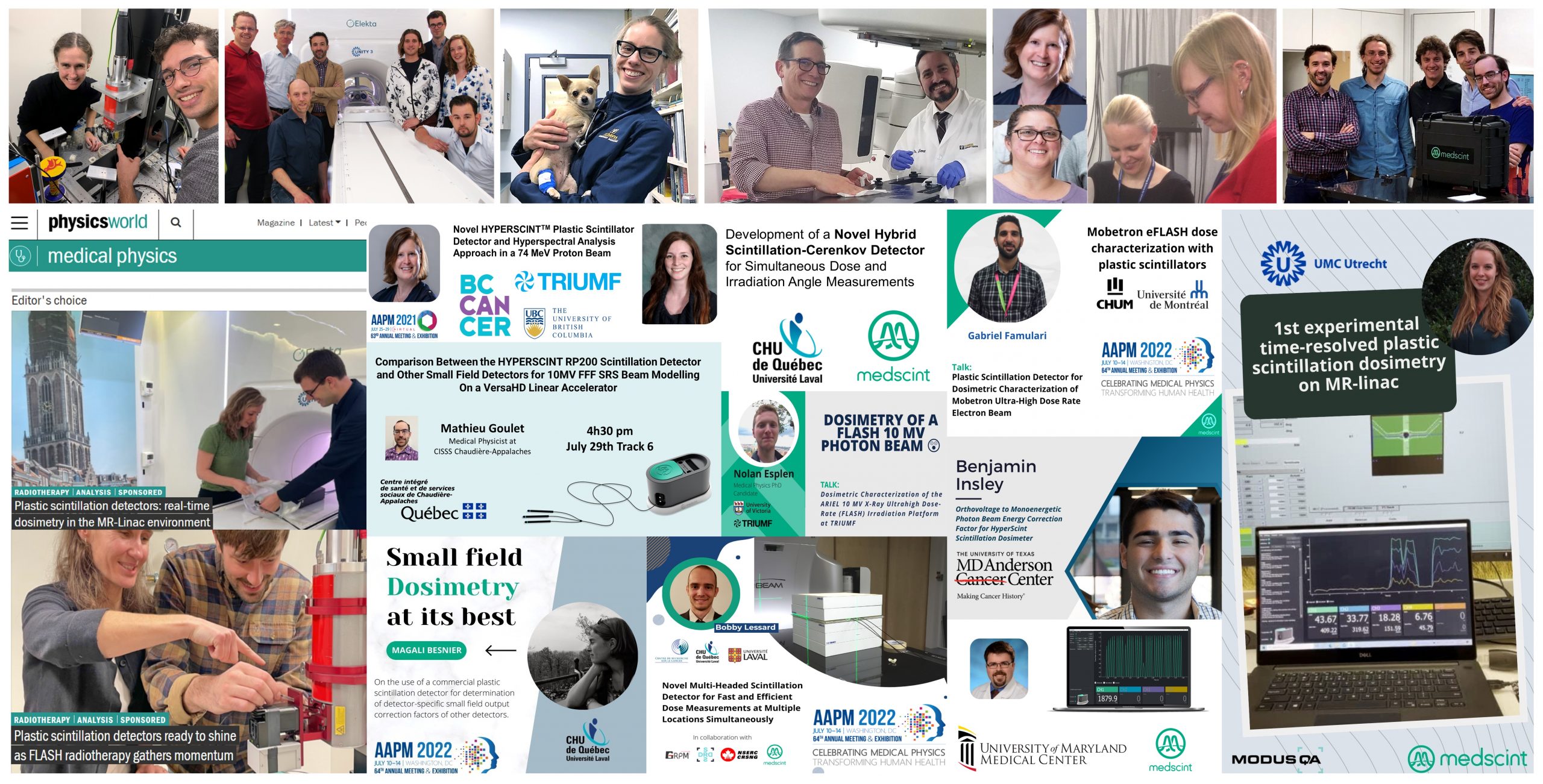Development of End-to-End Preclinical Treatment Verification Procedures, Traceable to NPL Air Kerma Primary Standard
Dosimetry audits are an important tool to improve quality of reported results and to support standardization of preclinical radiation research. This work presents how the combination of passive and active detectors, such as the real-time HYPERSCINT scintillation dosimetry solution, with anatomically correct mouse phantoms are adequate for the development of End-to-End dosimetry audits for the independent verification of preclinical radiation treatments.
The traceability of the detectors’ calibration to primary standards strengthens the dosimetry chain in the validation of preclinical plans, and it is consistent with the current practice for dose traceability of clinical radiotherapy treatments. Their implementation at national and regional levels could lead to databases of anonymised records, which will positively impact the dissemination of best practices and sharing of validated results.
